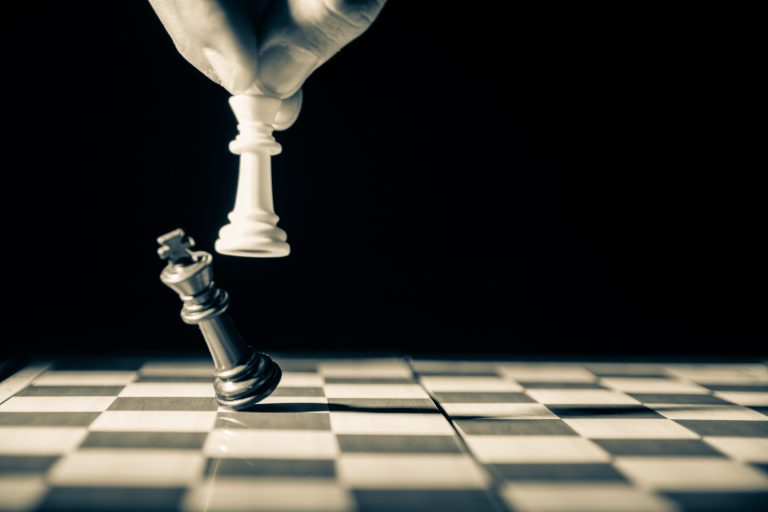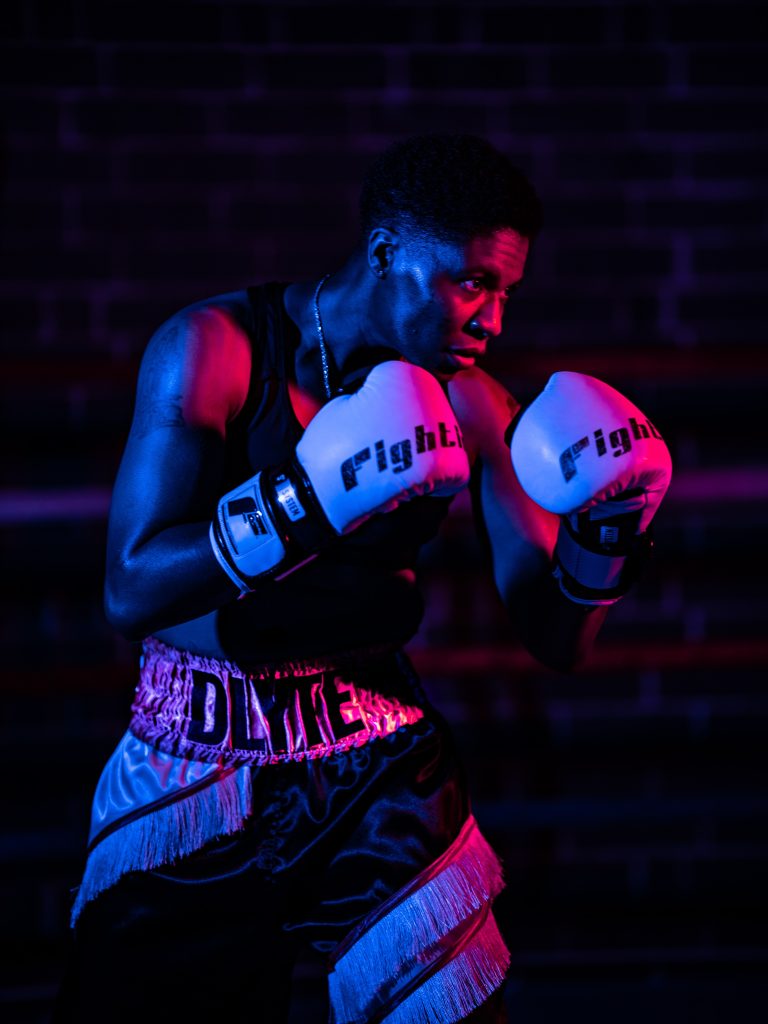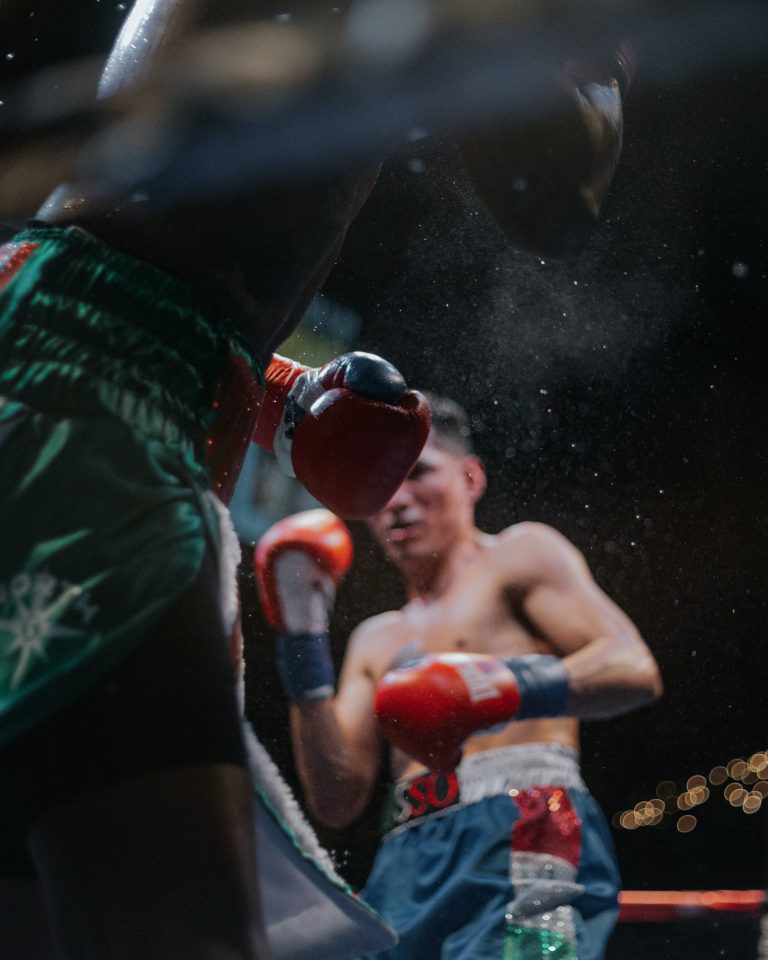Karate und seine Wurzeln – Eine kurze Einführung
Karate ist eine der ältesten Kampfkünste der Welt und hat eine lange und bewegte Geschichte. Es ist sowohl eine Kampfkunst als auch eine Philosophie, die sich auf die Entwicklung der persönlichen Disziplin, des Selbstvertrauens und der Selbstverteidigung konzentriert. In diesem Blogbeitrag werden wir uns einige seiner Wurzeln und seine Geschichte ansehen.
Der Ursprung von Karate
Karate ist eine traditionelle Kampfkunst, die in Japan entwickelt wurde. Es stammt aus Okinawa, wo es vor Hunderten von Jahren von mongolischen Einwanderern nach Japan gebracht wurde. Es wurde als „te“ bekannt und wurde als eine Art Sport betrachtet, ähnlich wie Judo oder Jujitsu. Ursprünglich wurde es als Kampfsport sowie als Disziplin und Selbstverteidigungsmethode verwendet.
Die Entwicklung des Karate
Im 19. Jahrhundert begann Karate sich zu entwickeln und zu verändern. Ein gewisser Gichin Funakoshi, ein Lehrer und Meister, machte einige Änderungen an der Kampfkunst, um sie für den modernen Gebrauch anzupassen. Er veränderte den Stil und fügte neue Techniken hinzu, die zu einer größeren Popularität von Karate beitrugen. Seine neue Form des Karate wurde als Shotokan bekannt und ist bis heute einer der beliebtesten Stile.
Karate in den modernen Zeiten
Heutzutage ist Karate weit verbreitet und es gibt viele international anerkannte Organisationen, die sich mit dem Sport beschäftigen. Karate ist jetzt auch als olympische Sportart anerkannt und viele Länder nehmen an internationalen Wettkämpfen teil. Es wird sowohl für sportliche als auch für persönliche Zwecke verwendet, aber auch als Mittel zur Selbstverteidigung.
Die Philosophie des Karate
Die Philosophie des Karate ist ein wesentlicher Bestandteil des Sports und bildet die Grundlage für alle anderen Aspekte des Sports. Die Grundphilosophie von Karate ist sehr einfach: Respekt, Ehrlichkeit, Gastfreundschaft und Humor. Diese Grundlagen sind die Basis für alle anderen Aspekte des Sports.
Des Weiteren ist es wichtig, dass man lernt, wie man seine Kraft kontrolliert und wie man sich selbst weiterentwickelt. Karate ist sowohl ein körperlicher als auch ein geistiger Prozess und es ist ein Weg, um sich sowohl körperlich als auch geistig zu stärken. Es ist auch ein Weg, um Selbstdisziplin zu erlernen und Stress abzubauen.
Das Training
Das Training im Karate besteht hauptsächlich aus Kata-Formen, Schlag- und Blocktechniken sowie der Anwendung verschiedener Wurftechniken. Das Training kann in einem Dojo oder auch zu Hause durchgeführt werden. Es gibt viele verschiedene Arten von Kata-Formen, die beim Training verwendet werden können, aber es gibt einige grundlegende Techniken, die jeder Karateka erlernen muss:
- Stände (Tsuki/Keri)
- Schläge (Uchi/Uke)
- Blöcke (Uke/Gedan)
- Würfe (Nage)
- Kata-Formen
Das Training kann auch unterrichtet oder allein durchgeführt werden. Bei der alleinigen Durchführung sollten jedoch die Grundregeln des Sports beachtet werden: Respekt vor anderen, Ehrlichkeit und Gastfreundschaft. Darüber hinaus sollten immer sichere Übungspraktiken befolgt werden.
Der internationale Karatewettbewerb
Der internationale Karatewettbewerb ist eine der größten internationalen Wettbewerbe im Karate. Er wird von der World Karate Federation (WKF) organisiert und findet jedes Jahr statt. Jedes Land hat die Möglichkeit, an dem Wettbewerb teilzunehmen und es gibt verschiedene Arten von Wettbewerben, die an dem Turnier teilnehmen können. Einige der Wettbewerbe sind Kata-Formen, Kumite (freier Kampf), Team-Kumite (Teamkampf) und Jiyu-Kumite (freies Kumite). Darüber hinaus gibt es noch viele andere Arten von Wettbewerben im Rahmen des internationalen Turniers.
Fazit
Karate ist eine der ältesten Kampfkünste der Welt und hat eine lange Geschichte. Es ist sowohl ein Sport als auch eine Philosophie, die sich auf die Entwicklung der persönlichen Disziplin, des Selbstvertrauens und der Selbstverteidigung konzentriert. Heutzutage ist es weit verbreitet und es gibt viele international anerkannte Organisationen, die sich mit dem Sport beschäftigen. Es gibt auch internationale Wettkämpfe im Rahmen des internationalen Turniers, bei denen Teilnehmer aus verschiedenen Ländern teilnehmen können. Zusammenfassend kann gesagt werden, dass Karate einer der ältesten und beliebtesten Kampfsportarten der Welt ist und bis heute noch viele Anhänger hat.
Frequently Asked Questions About Karate and Its Roots – A Brief Introduction
Karate is a popular form of martial arts that has been practiced for centuries. It has gained immense popularity due to its effectiveness in self-defense, physical fitness benefits, and holistic development. In this blog post, we will answer the most frequently asked questions about Karate and its roots.
1. What is Karate?
Karate is a Japanese martial art that involves various techniques such as punching, kicking, knee/elbow strikes, and grappling. It emphasizes efficient and practical techniques that one can use in self-defense situations. Karate training usually involves katas, sparring, and other drills that help practitioners develop speed, power, balance, and agility.
2. What is the history of Karate?
Karate’s origins can be traced back to the Ryukyu Kingdom (present-day Okinawa, Japan) in the early 17th century. At that time, the Ryukyu Kingdom was an independent nation that had cultural and economic ties with China and Japan. The local martial arts, known as ‚te‘ or ‚ti,‘ were influenced by Chinese martial arts such as Shaolin Kung Fu and Fujian White Crane.
In the late 19th century, Karate reached mainland Japan when Okinawan masters such as Gichin Funakoshi and Kenwa Mabuni introduced it to the Japanese public. They modified the techniques and training methods to suit Japanese tastes and expectations. Over time, different styles or schools of Karate emerged, such as Shotokan, Goju-ryu, Shito-ryu, Wado-ryu, and Kyokushin.
3. What are the benefits of learning Karate?
Karate training offers numerous physical, mental, and social benefits. Here are some of them:
- Improved physical fitness: Karate training involves a lot of physical exercises that help develop strength, flexibility, stamina, and coordination. It also burns calories and helps maintain a healthy weight.
- Self-defense skills: Karate teaches various techniques that one can use to protect oneself from physical harm. It also boosts one’s confidence and situational awareness.
- Stress relief: Karate training can be a great way to release pent-up emotions and tension. It promotes mental discipline and reduces anxiety and depression.
- Discipline and focus: Karate requires practitioners to be disciplined and focused during training sessions. This mindset can be carried over to other areas of one’s life such as work or school.
- Community and friendship: Karate training provides one with the opportunity to meet new people and build lasting connections with fellow practitioners.
4. What are the different styles of Karate?
There are numerous styles or schools of Karate, each with its own unique techniques, training methods, and philosophy. Here are some of them:
- Shotokan: Shotokan is one of the most popular styles of Karate, founded by Gichin Funakoshi. It emphasizes strong and linear techniques that favor long-range attacks.
- Goju-ryu: Goju-ryu was founded by Chojun Miyagi and stresses a balanced approach to offense and defense. It uses circular and close-range techniques to trap and immobilize the opponent.
- Shito-ryu: Shito-ryu was founded by Kenwa Mabuni and combines elements of both Shotokan and Goju-ryu. It emphasizes speed, flexibility, and fluidity of movement.
- Wado-ryu: Wado-ryu was founded by Hironori Ohtsuka and emphasizes evasion, redirection, and joint locks. It incorporates elements of both Karate and Jujutsu.
- Kyokushin: Kyokushin was founded by Masutatsu Oyama and is known for its full-contact and intense training methods. It emphasizes strong and powerful techniques that can knock out opponents.
5. How do I choose a Karate school?
Choosing a Karate school can be a daunting task, especially if you are new to martial arts. Here are some factors to consider when selecting a school:
- Instructor’s qualifications: The instructor should be certified and experienced in teaching Karate. Also, check their affiliation with reputable organizations that provide certification and quality assurance.
- Curriculum and training methods: The school should have a structured and comprehensive curriculum that covers various aspects of Karate training. Also, check the training methods and facilities to see if they are safe, clean, and suitable for your needs.
- Community and culture: The school should foster a positive and supportive environment that encourages learning and personal growth. Also, check if the school has a code of conduct that promotes respect, integrity, and sportsmanship among practitioners.
- Cost and schedule: The school should offer reasonable fees and flexible schedules that fit your budget and availability. Also, check if they provide free trial classes or introductory offers to help you evaluate their teaching and facilities.
In conclusion, Karate is an exciting and rewarding martial art that offers numerous benefits to practitioners of all ages and levels. Whether you want to learn self-defense, improve your fitness, or join a community of like-minded individuals, Karate can be a great option for you. Just remember to choose a reputable and suitable school that aligns with your goals and expectations.
Inhaltsverzeichnis





